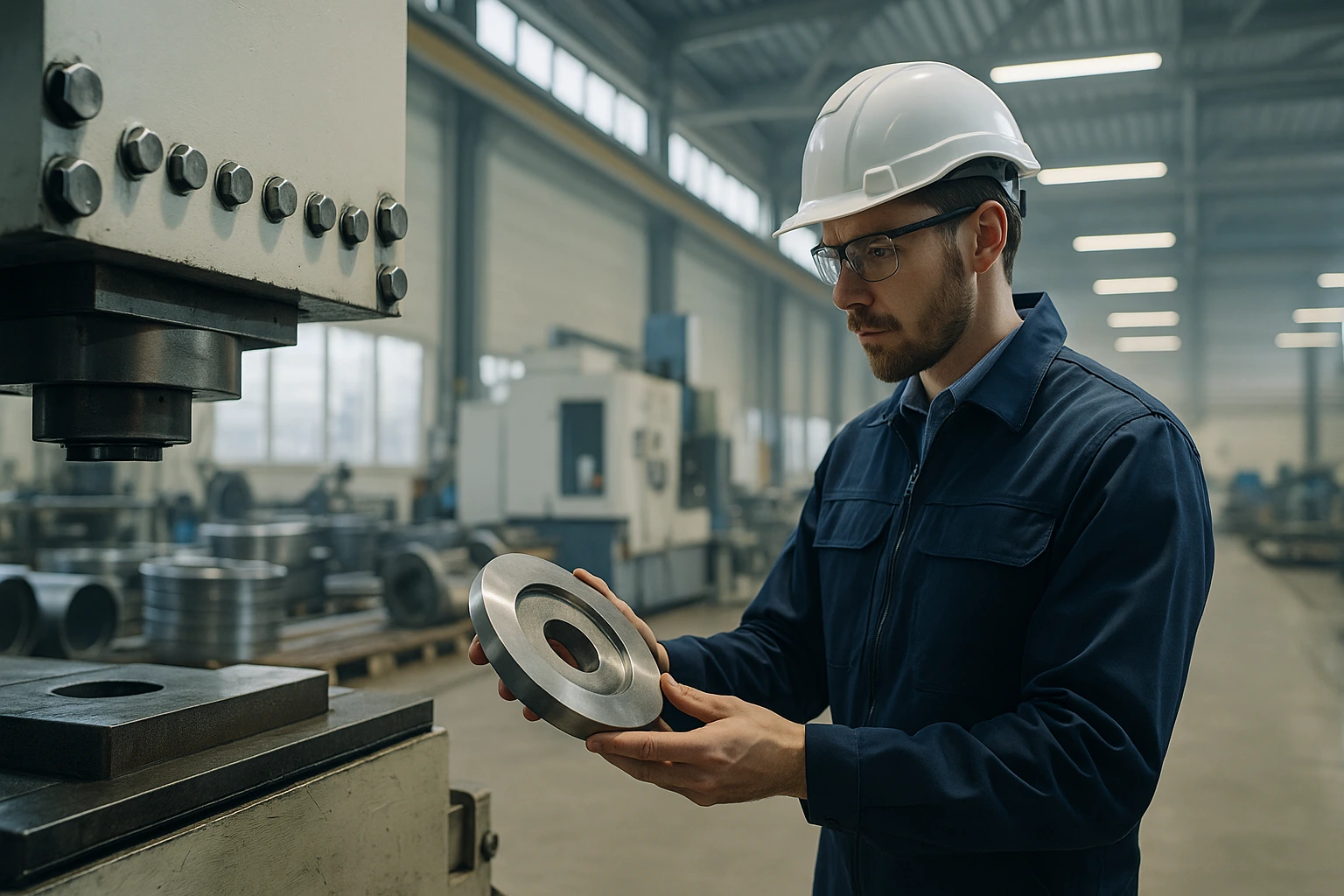See process stability, protect the die
Monitor material flow, optimize parameters with data and extend tool life.

Key Advantages
- Draw-in and contour delta tracking.
- Data-backed windows for tonnage and binder force.
- Die protection and extended tool life.
- Less trial-and-error in changeovers.
Common Challenges
- Adjusting without measuring stability.
- Slow root-cause analysis when issues appear.
- Unexpected die damage risks.
How Digiforming Helps
-
Multi-camera measurement and contour analysis.
-
Recipe-based profile management.
-
Safe stop on abnormal vibration/impact/object.
-
Protects press and die.
-
Wireless gas-spring pressure tracking.
-
Leak trends and maintenance prompts.
Expected Impact & KPIs
Frequently Asked Questions
Can I optimize forming recipes with your system?
−Yes. Defect Prevention allows recipe-based profile management. AI anomaly detection evaluates contour deviations against learned thresholds, so engineers can fine-tune parameters and validate effects immediately.
Does End-of-Line Inspection confirm part quality after process parameter adjustments?
+Yes. End-of-Line Inspection uses AI anomaly detection trained on OK parts. After a parameter change, each new part is checked against learned thresholds to confirm it remains defect-free.
Can Wireless Pressure Monitoring data be used for process optimization?
+Yes. Pressure stability directly affects forming accuracy. AI-defined thresholds in Wireless Pressure Monitoring highlight fluctuations that may cause variation in forming results.